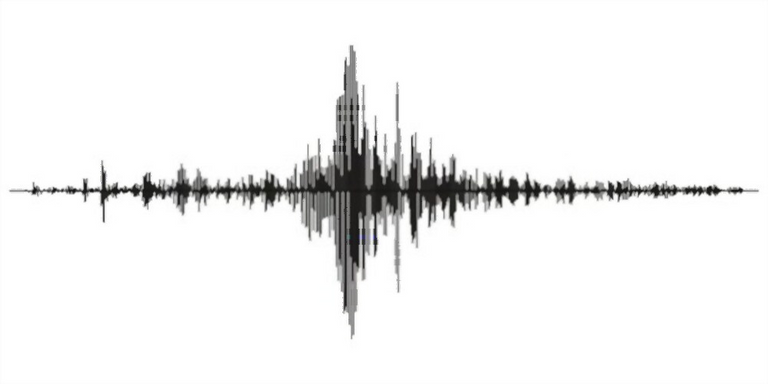The earth 'shakes' every 26 seconds ... but why?
Scientists say that every 26 seconds there are very "small earthquakes" on Earth that can only be felt on seismometers. Experts also call it the 'heartbeat'. But why does this happen? So far, experts have not been able to say anything definitive about it.

This microseism, which occurs every 26 seconds on Earth, was first discovered in 1962 by American geologist Jack Oliver. He estimated that the epicenter of these minor earthquakes was somewhere in the equatorial or southern part of the Atlantic Ocean. Jack Oliver also noted that on the days when the northern hemisphere has a summer season (i.e the southern hemisphere has a winter), the magnitude of these micro-earthquakes also increases; they become slightly stronger.
Later, in 1980, Gary Holcomb, a geologist with the US Geological Survey, re-examined these "micro-earthquakes" in more detail and said that these earthquakes become stronger than usual during storms.
No one considered Wilver and Holcomb's investigation worthy of attention, and they remained locked up in the papers. Then in 2005 the University of Colorado, seismologist at Boulder, Dr. Mike Ritzowler and one of his students, Greg Benson, searched the world for earthquake data and found that every 26 seconds, a "dim earthquake signal" came from a far. What is the cause of these small earthquakes? They also did not know anything about it. However, after much research, they finally found out that the epicenter of these earthquakes was in the Gulf of Guinea in the western seas of the African continent.
They also reviewed the research of Oliver and Holcomb and then published the details of their research in 2006 in the research journal "Geophysical Research Letters". After reading this research, many experts came to this conclusion, but to date no one has been able to offer an explanation of these micro-systems that is acceptable to all experts.
One explanation was that the sun's rays warmed the equator and the surrounding oceans more than the poles. That is why in these areas, in addition to high winds, hurricanes are more frequent than at the poles. Therefore, when powerful tidal waves hit the coast on a large scale, they transmit their energy to the earth, causing this slight vibration which we know as 'micro earthquakes'.
The question was, if there is such a thing, then what is the justification for a small earthquake every 26 seconds? Everyone was silent in answer to this question.
Six more years passed. In 2011, Doug Wines, a geologist at the University of Washington in St. Louis, and his student Gert Eiler resumed research on microeconomics. They discovered that the epicenter was reported at "Bight of Bonny" in the Gulf of Guinea.

In addition to supporting the hypothesis that tidal waves hit the coast, they also said that the depth of the ocean gradually decreases as the sea water moves towards the shore in a large scale. This causes the water pressure to rise on the seabed and causes tremors that spread far and wide. This is what we know as the 'beating of the earth'. They presented the study at a conference of the Seismological Society of America in 2013.
Of course, not everyone agreed with this explanation. In the same year, a team of experts at the Institute of Geodesy and Geophysics in Wuhan, China, led by Yingjie Xia, found that earthquakes, which occur every 26 seconds, are not caused by waves but by volcanoes.
However, it is certain that very small earthquakes occur every 26 seconds in the earth. But scientists are still wondering why this happens?
Resources:
1.https://www.discovermagazine.com/environment/the-earth-is-pulsating-every-26-seconds-and-seismologists-dont-agree-why
2.https://news.yahoo.com/earth-keeps-pulsating-every-26-184300818.html?guccounter=1
0
0
0.000
0 comments